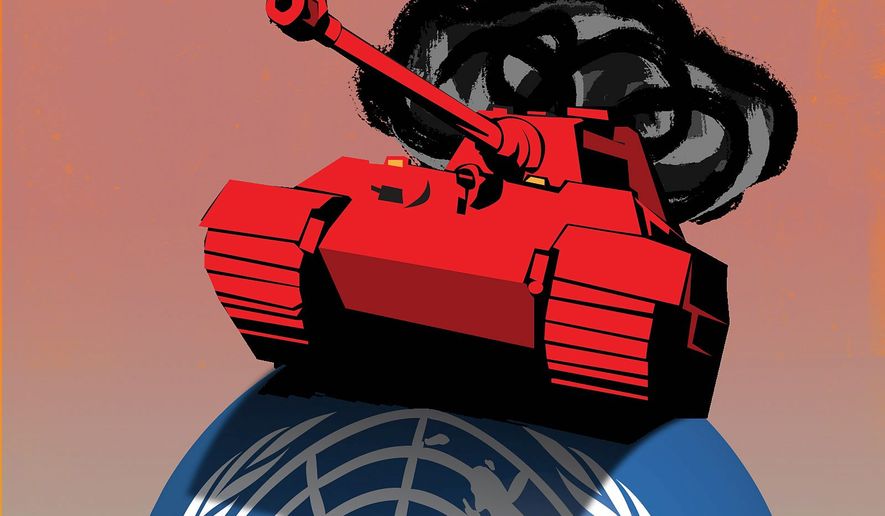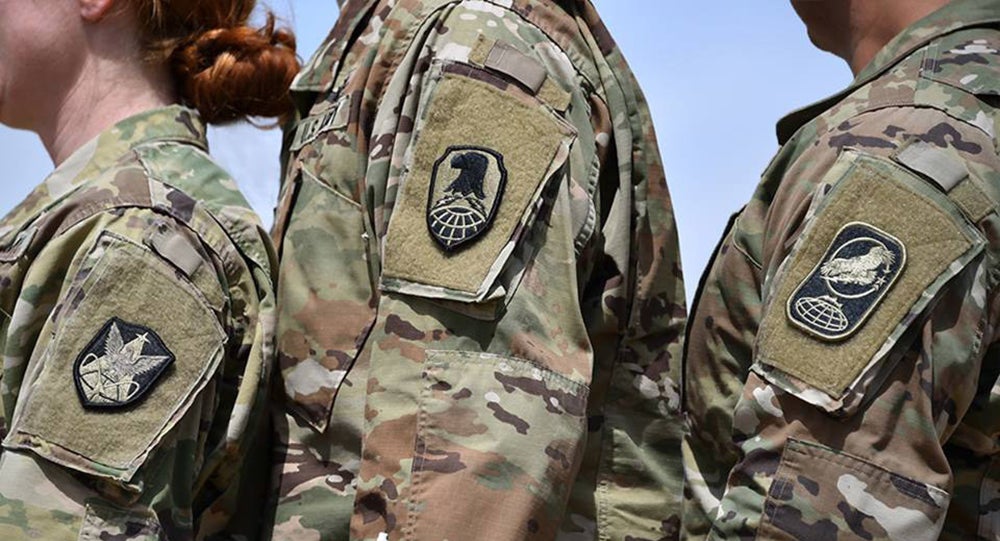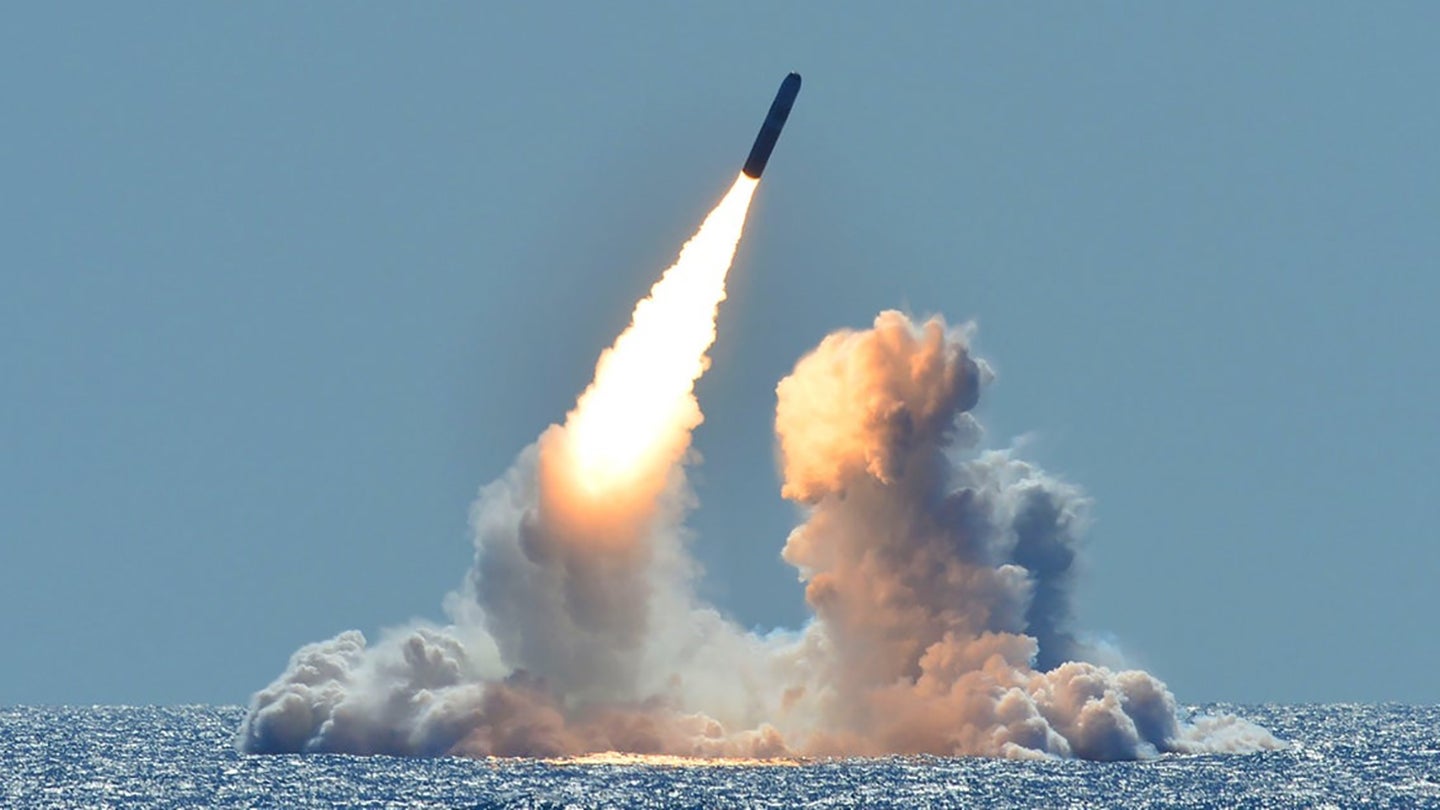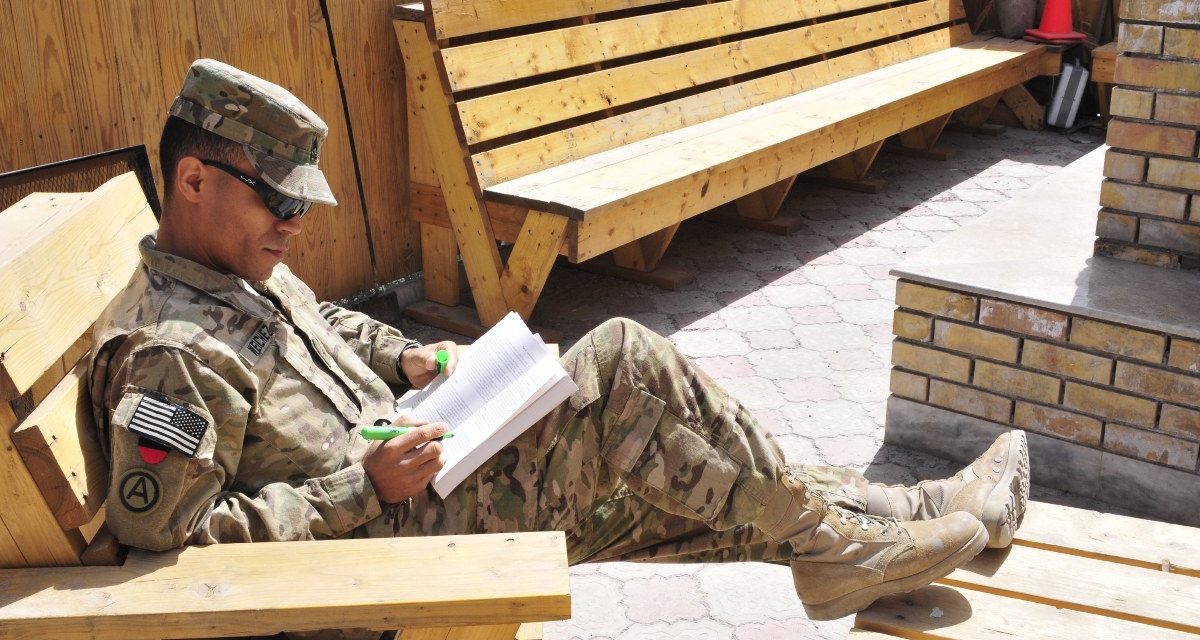Alon Pinkas
On July 1, the Chinese Communist Party celebrated its centenary. The “great, glorious and correct” party, as it gleefully describes itself, was established in 1921 in the midst of a civil war, took power in 1949 after World War II and the Japanese occupation, and has ruled China for 72 uninterrupted years.
“The Sick Man of Asia,” as China was once described, was at the time a poor, backward country of some 400 million, taken over by communists who became a unique brand of Maoists. Mao Zedong’s “Great Leap Forward” claimed the lives of approximately 36 million people, and China never really began to emerge from that period until Mao’s death in 1976.
Today, China’s population is over 1.4 billion and its GDP is estimated at $15.6 trillion, making it the second largest economy in the world behind only the United States. It is regarded as an economic and military superpower, capable and willing to project its strength and extend its influence in the Western Pacific, stretching from the Korean Peninsula and Japan in the north, down to Taiwan, leading to Southeast Asia, into Asia’s heart, and farther south and west into Africa, the Middle East and Europe.














